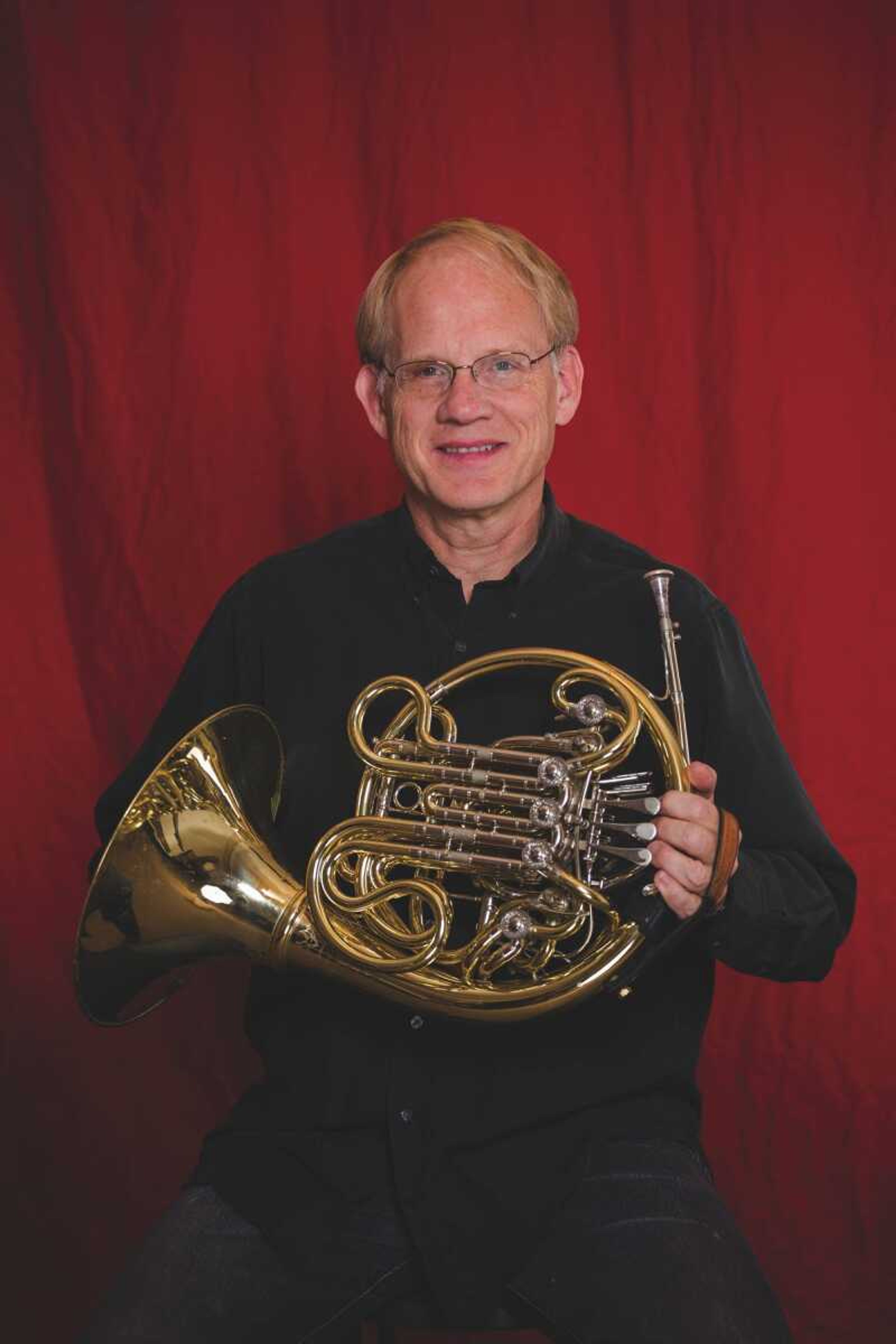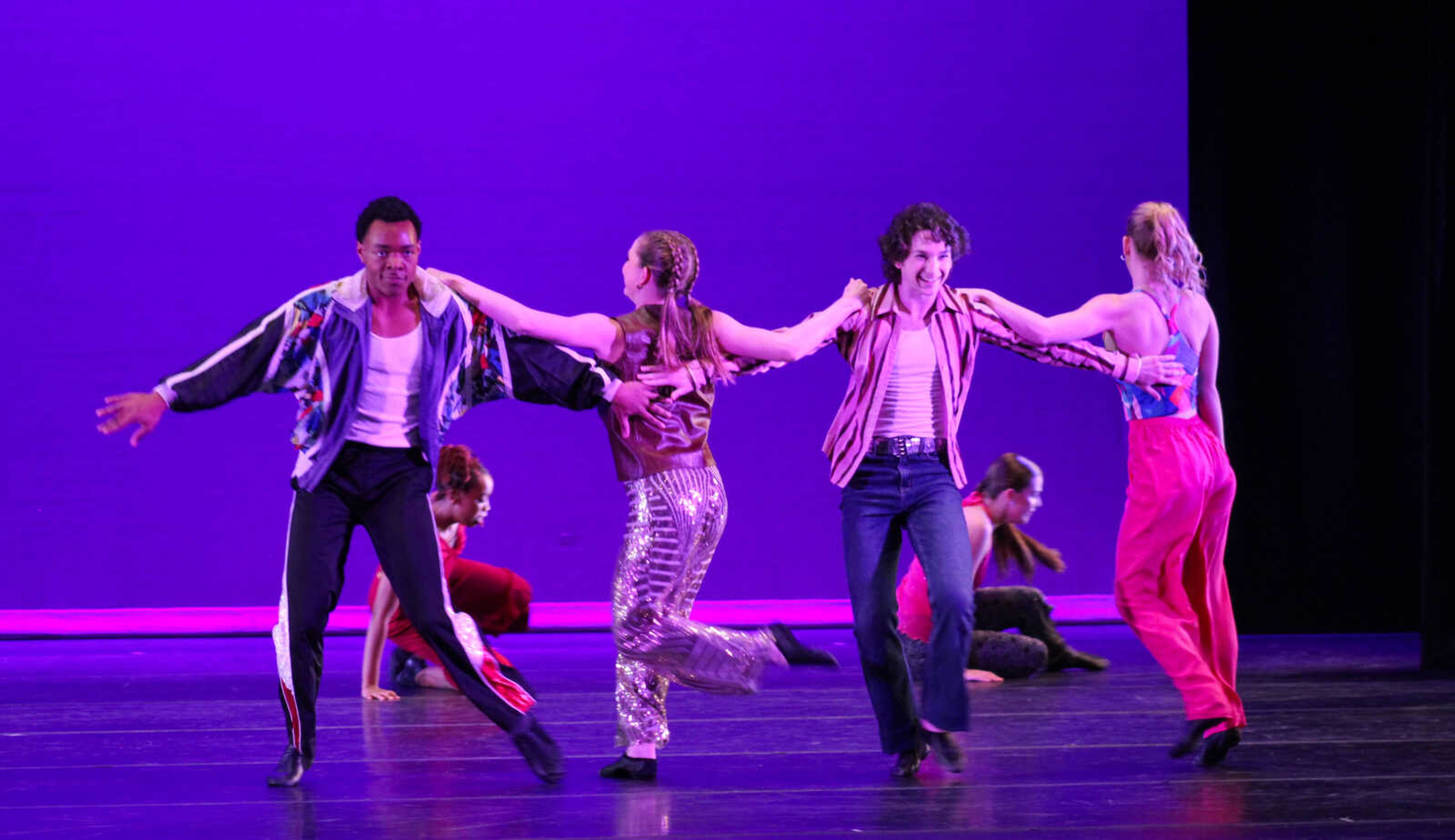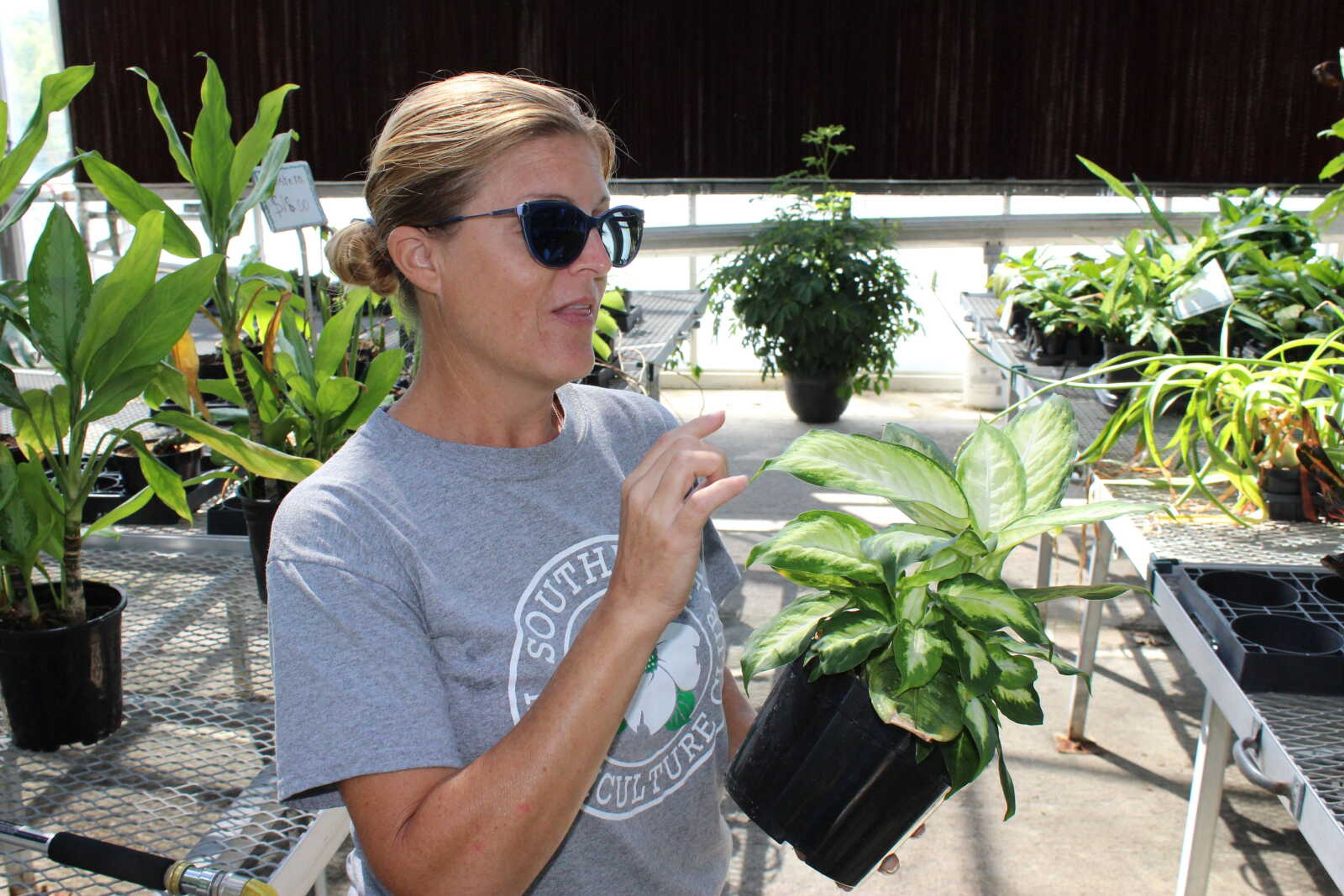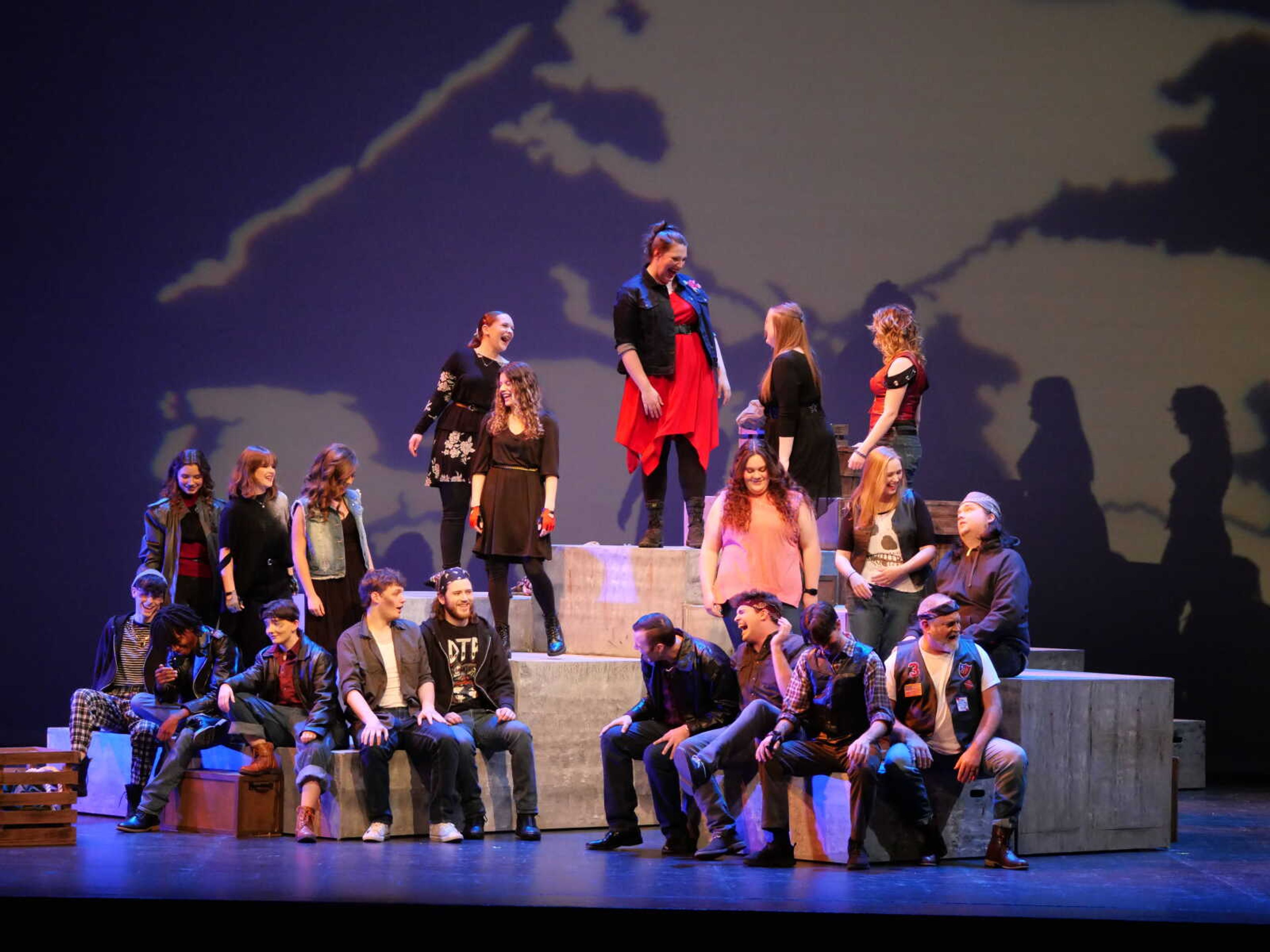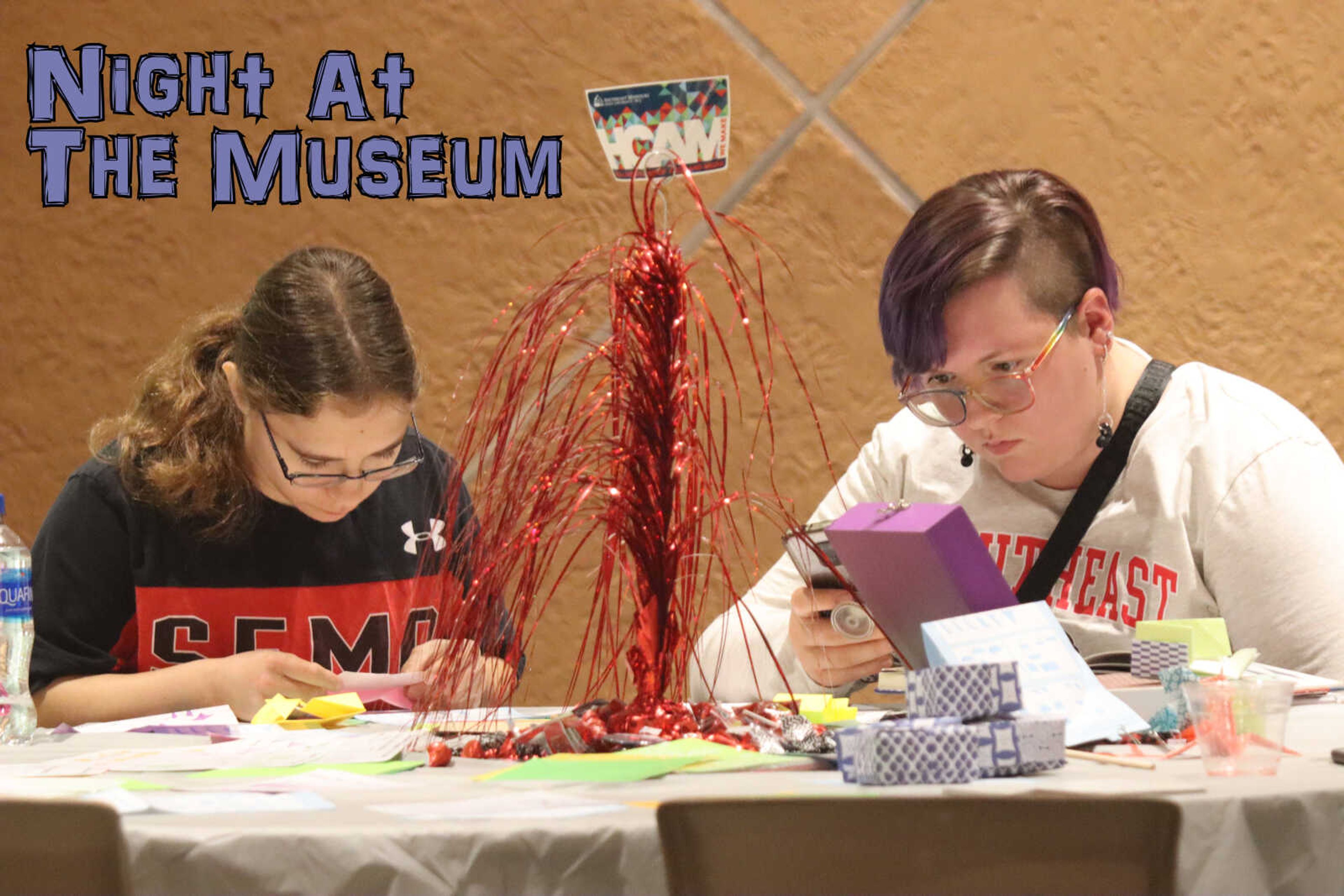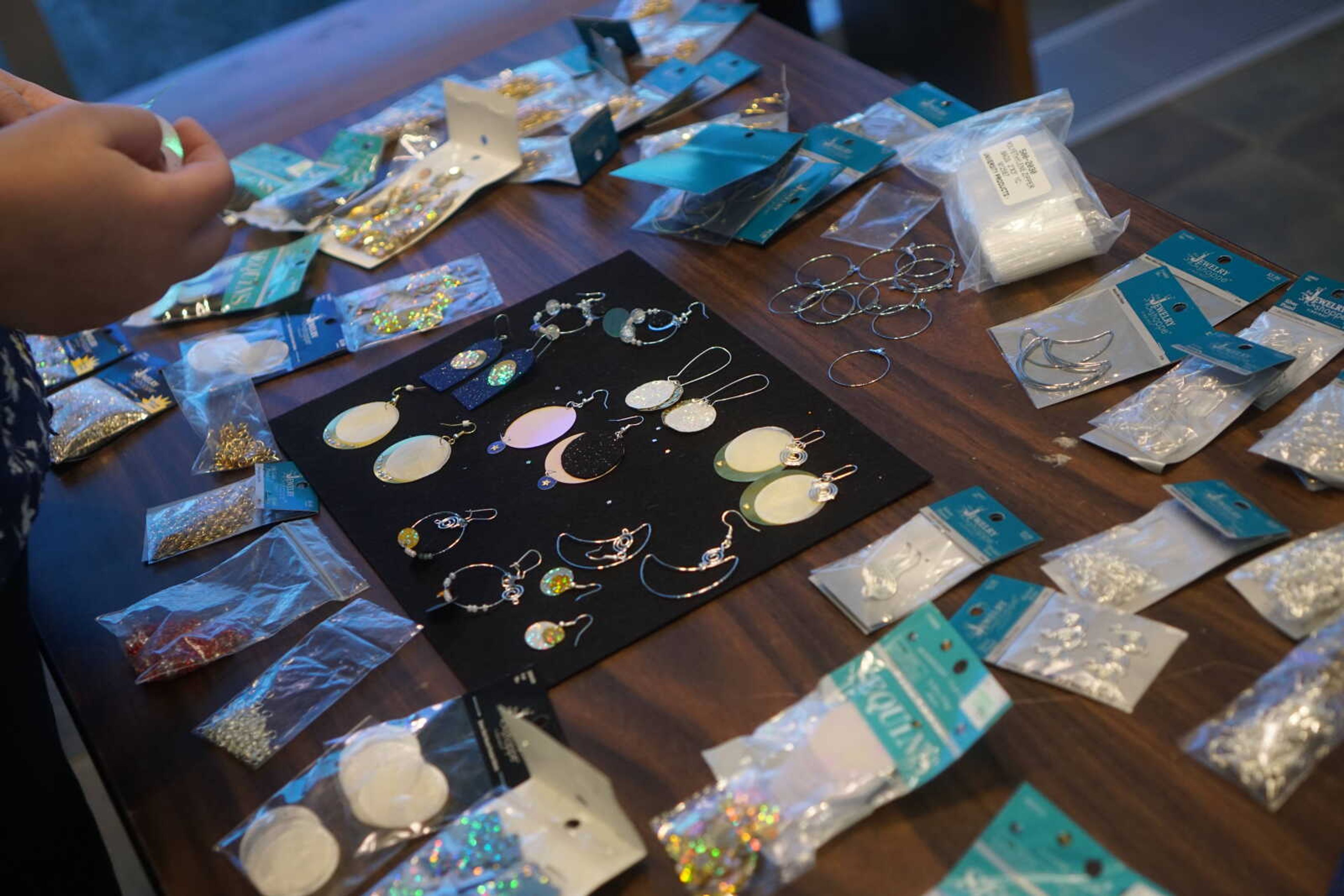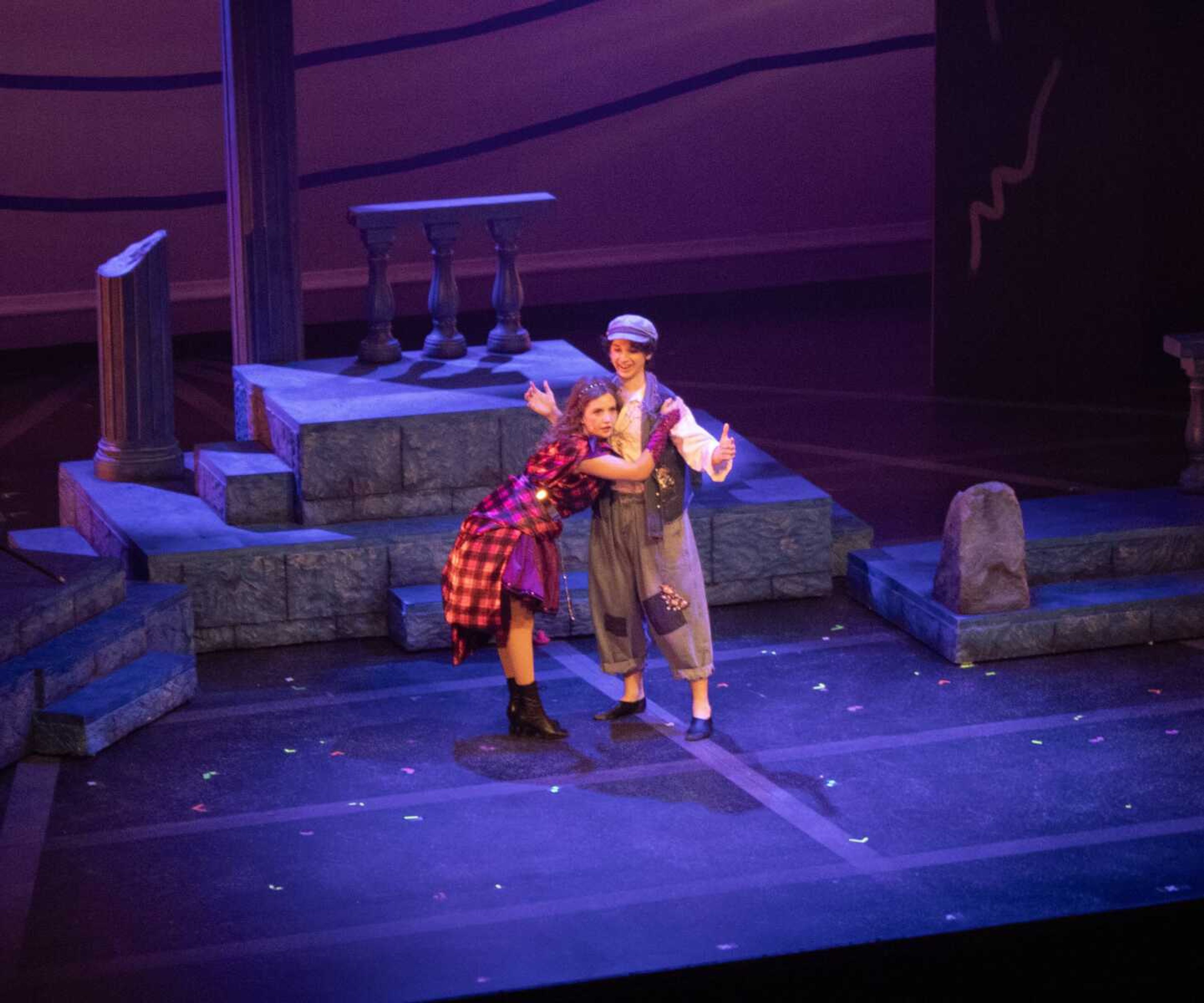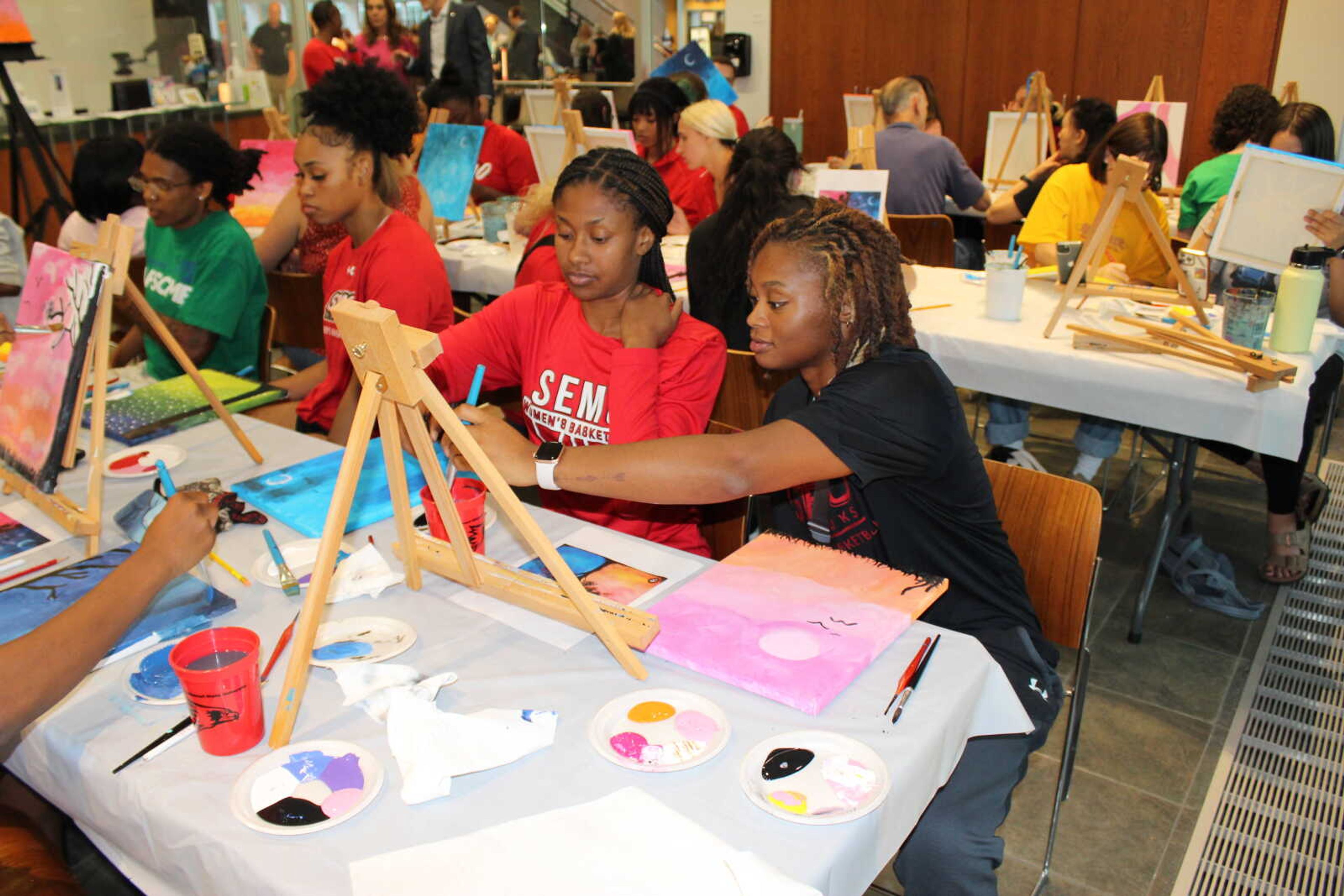Dr. Kevin Hampton, chair of the Department of Music and a professor in applied piano at Southeast Missouri State University, said a music student can't go through school without being immersed in the Baroque period.
So he took that idea farther than merely the classroom.
Hampton applied through the St. Louis Symphony in Your Neighborhood program for the second year in a row after the orchestra performed for a concert last November. Although according to Maureen Byrne, the director of community programs for the St. Louis Symphony, Southeast is also a St. Louis Symphony in Your College partner. Byrne said two members from the orchestra conducted master classes before last year's production.
"We do that because we really treasure college students," Byrne said. "They're our next audience."
Members from the St. Louis Symphony will be returning to perform an all-Baroque concert at 7:30 p.m. Nov. 2 in the Robert F. and Gertrude L. Shuck Music Recital Hall.
Byrne said the Baroque program is the "brainchild" of principal horn player and music director, Roger Kaza. However, a Baroque-themed concert is a challenge to play just anywhere. The harpsichord has become the modern instrument of choice for realizing the continuo style in Baroque music, but it's not all that easy to find.
Kaza is a harpsichord player as well, so he's able to conduct the orchestra using the instrument. Even so, Kaza plays the horn in Telemann's "Concerto for 2 horns in E flat major," and Byrne said when the group played at McKendree University, going without a harpsichord for the piece wasn't quite the same.
"The harpsichord really brings in a whole set of different colors to Baroque music," Byrne said.
Byrne said Southeast faculty member Mary Miller will fill in for the part in the upcoming performance, though.
"How cool for students there to see one of your own faculty members playing with musicians from the St. Louis Symphony," Byrne said.
Vivaldi's "Bassoon Concerto in A minor" and Handel's "Concerto grosso Op. 6, No. 2 in F major" will also be included in the program.
Hampton said the development of the concerto, especially, defines the Baroque period. The concerto grosso became more and more prevalent in compositions.
"There were different types of concerti that were done," Hampton said. "Some were called concerto grossos, where a small group within the orchestra was pitted against the larger ensemble and the musical conversation evolves between those two groups within an orchestra."
Solos grew out of this idea.
"Instead of a small group of instruments being featured where they would play with more virtuosity, then a soloist began to emerge as a counterbalance to the large orchestra," Hampton said.
As a piano professor, Hampton noted the importance of students learning the compositional elements of fugues, preludes and suites, as listeners are still able to hear the roots of that style in present classical music.
"Baroque music is really where the foundations of our common practice music theory really gelled," Hampton said. "So we go back and study that music so that we can better understand the practices that we have today. How did we get to this point? What were the important ideals from that year that we've carried forward? How have we modified some of those things as we write for instruments today, particularly as we write with electronic means, synthesizers? Those old principles are still very much in operation, they've simply been modified in some way."
Plus, Hampton said Baroque music tends to be what audiences respond best to because it doesn't change direction in emotion as much as compositions from the Romantic period.
"There's a sense of almost a perpetual motion in much of Baroque music," Hampton said. "The instrumental music doesn't change mood as often as the vocal music does, simply because there are no words, but Baroque music tends to have one sentiment within a piece."
As far as the St. Louis Symphony players, they want to share their craft with more than St. Louis. Byrne said the Symphony belongs to the state of Missouri as a whole and surrounding areas like southern Illinois.
"When we go out and about into the community, it's putting our musicians much closer to our audiences than is the typical experience at Powell Hall. ... We really try and keep things casual and conversational and really show that these musicians, even though they're playing in a world-class ensemble, they're people and they're approachable and they love making connections with students," Byrne said.
The St. Louis Symphony is the the second oldest orchestra and within the top 10 in the United States, and Southeast students can attend the concert for free.
Seeing music live as opposed to listening to a recording ignites a different level of inspiration.
"It would be kind of like going to see an Olympic athlete or World Series game, this is the top flight here for music," Hampton said.
